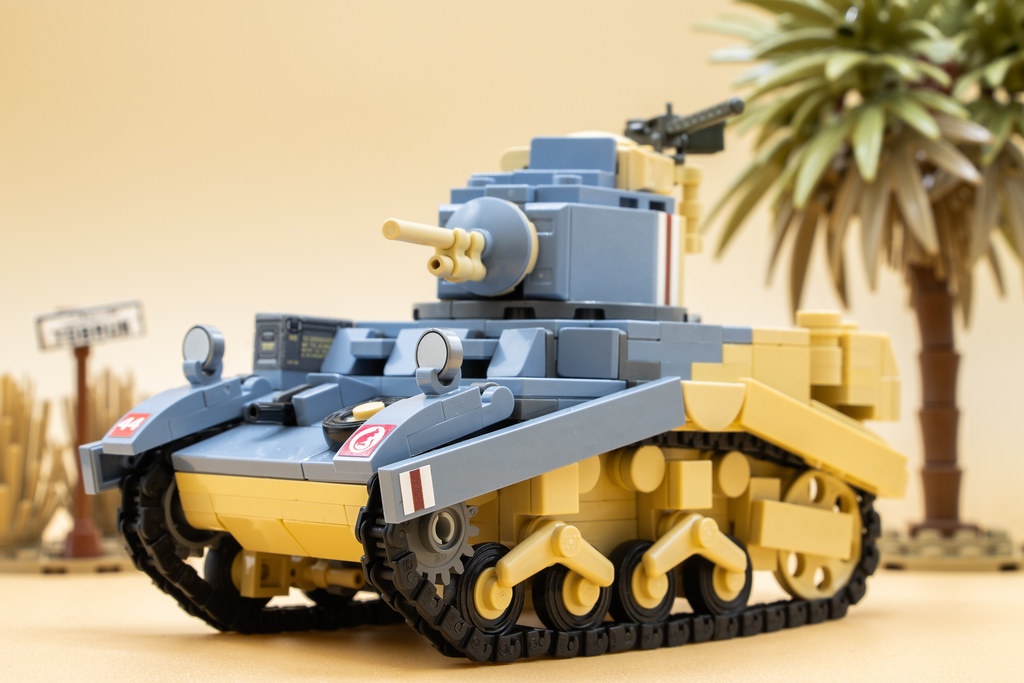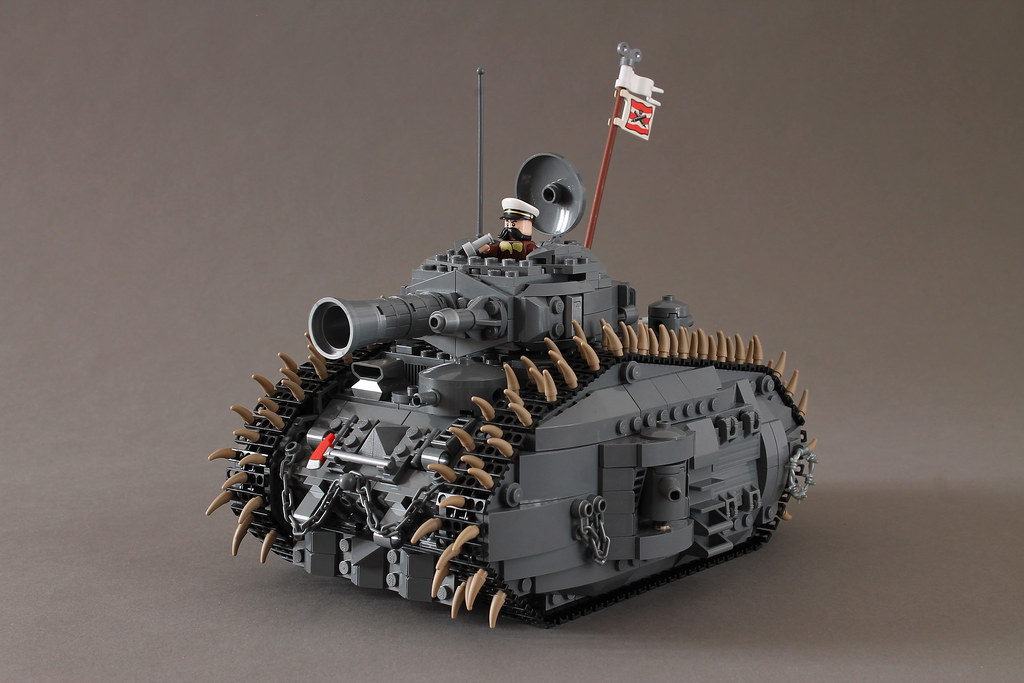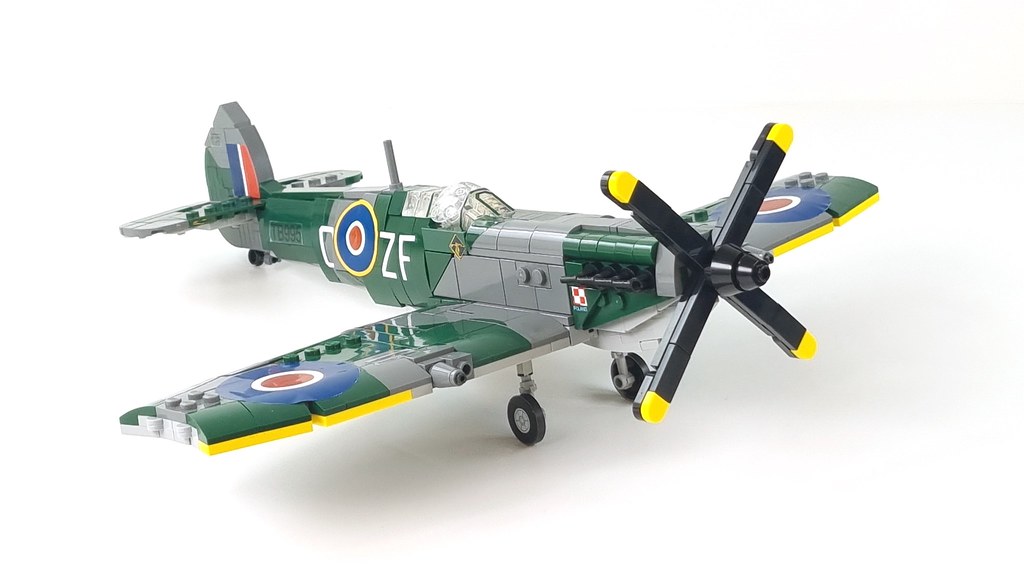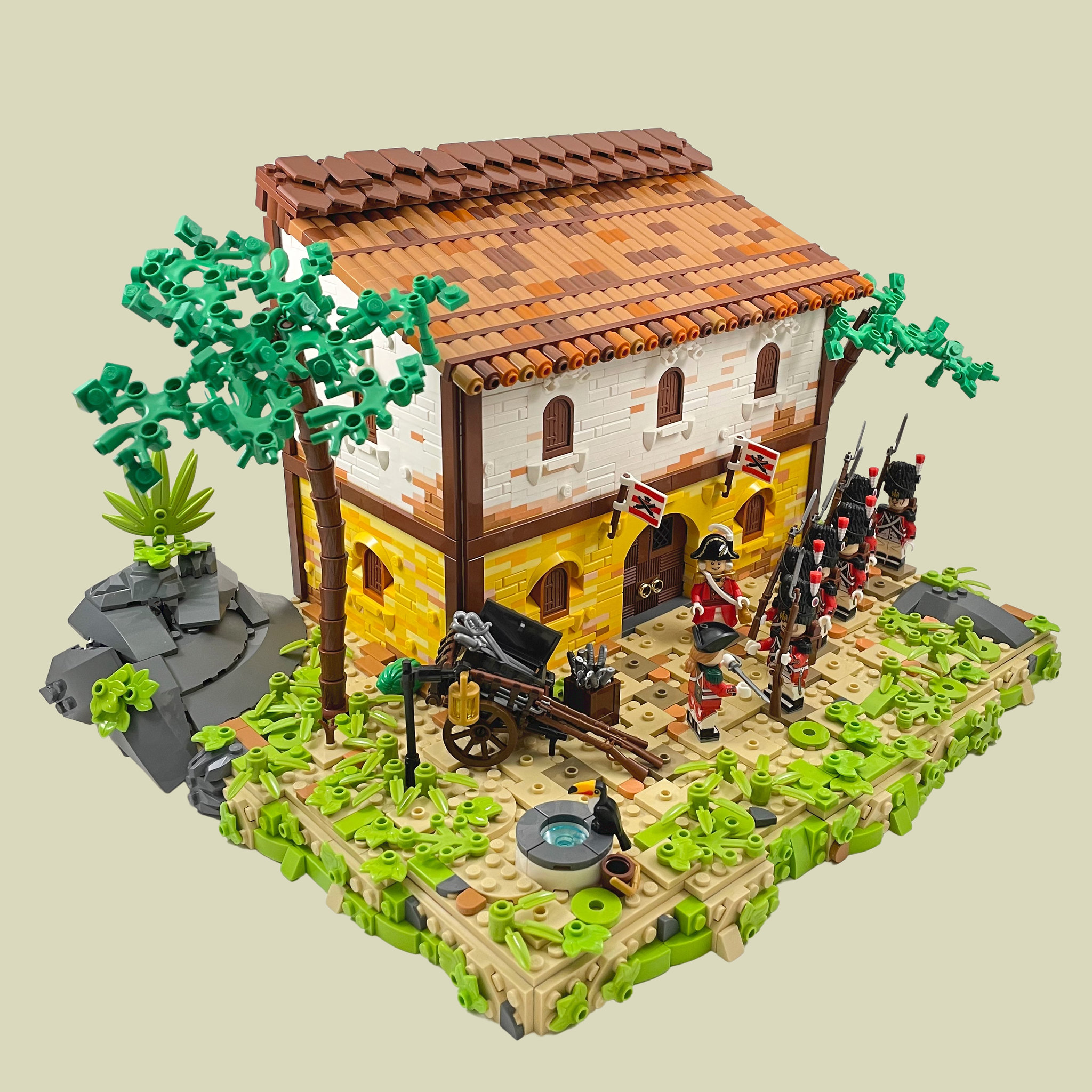This past Saturday marked the 500th day since Russia launched its full-scale invasion of Ukraine. Last year, I wrote about why I personally choose to actively support Ukraine and its defenders. Remembering my WW2 vet grandfather, my first group of minifigures highlighted the work of combat medics and other women contributing to Ukraine’s defense. Many people asked me to create minifigs depicting the defenders of the Azovstal steel plant in Mariupol, all of whom by then were being held in Russian captivity. These two groups of minifigures were then featured on Ukrainian TV, leading to messages from the wives of POWs, including the wife of the Azovstal garrison’s commander, Denys Prokopenko. But in addition to the families of these prominent officers, I heard from the wives of less-famous soldiers still held in captivity, asking if I’d create LEGO versions of their husbands, sometimes even sharing photos taken inside the Azovstal steel plant.

Unfortunately, sourcing unusual LEGO parts (including custom-printed pieces) ended up being a months-long process, and many of the figures were only completed quite recently. Over the months, some of the Ukrainian POWs have been exchanged, and I began chatting directly with the released soldiers. A young soldier with the call sign “Tayvaz” defended Azovstal until the last, and lost several of his brothers-in-arms during the battle. Before his exchange after nearly a year of captivity, his wife shared photos of her husband along with heartbreaking photos of the men who hadn’t made it out. On the day I was taking photographs of my minifigs depicting Tayvaz and his brothers, I’d been chatting with him to make sure I’d gotten the details correct. I love filtered natural light, and I was outside on our front lawn. The trees behind me shifted in the wind, and a sunbeam broke through and illuminated the minifigs of the three lost soldiers (photo above). I burst into tears, sent Tayvaz the photo, and we shared a moment of sorrow — my own emotions a mere shadow of his enormous loss — across the distance between Seattle and Kyiv.
Read more about how these minifigs are making their way to Ukraine
The Brothers Brick is funded by our readers and the community. Articles may include affiliate links, and when you purchase products from those links, TBB may earn a commission that helps support the site.















